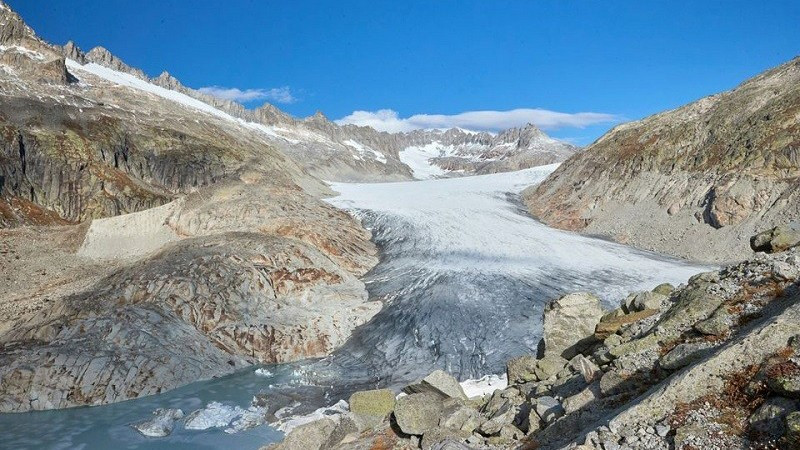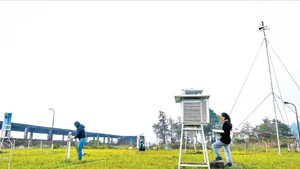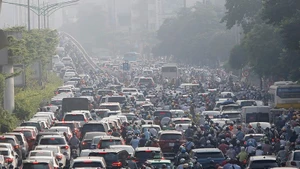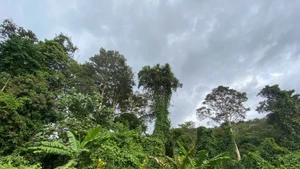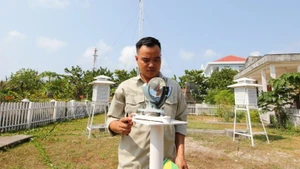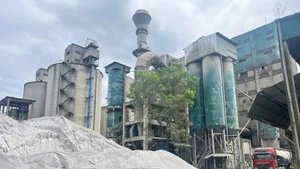A report by the United Nations Educational, Scientific and Cultural Organisation (UNESCO), showed that some of the world's most famous glaciers, including the Dolomites in Italy, Yosemite and Yellowstone parks in the United States, and Mount Kilimanjaro in Tanzania, will disappear by 2050 because of global warming.
UNESCO, which monitors some 18,600 glaciers across 50 of its World Heritage Sites, says one-third of those are set to disappear by 2050.
According to a study recently released by the Italian Glaciological Committee (CGI) and Greenpeace Italia, some 80% of Italy's Alpine glaciers risk disappearing by 2060.
After the first leg of the joint expedition to the Forni Glacier in Stelvio National Park in the Dolomites, CGI researcher Guglielmina Diolaiuti said that the glacier is losing 50% more thickness through melting than in 2022 and risks disappearing by 2060. From August 21 to 24, it lost 37 centimetres of ice thickness, which is more than the average, which was 6 centimetres per day.
Greenpeace Italia and CGI also stated that in the next 30-40 years, Italy will face increasingly intense droughts, depleting the water resources of the rivers in the north.
While large glaciers are shrinking due to climate change, many small ones have disappeared completely.
All but the highest-elevation glaciers in the Alps, such as the ones on Mont Blanc could disappear by 2100. This is in the worst-case scenario.
Matthias Huss, head of the Swiss Glacier Monitoring Network (GLAMOS) at ETH Zurich Research University
Matthias Huss, head of the Swiss Glacier Monitoring Network (GLAMOS) at ETH Zurich Research University, said that Switzerland has about 1,400 glaciers, many of which are gradually disappearing. In the last 30-40 years alone, Switzerland has lost about 1,000 glaciers.
According to the professor, all but the highest-elevation glaciers in the Alps, such as the ones on Mont Blanc could disappear by 2100. This is in the worst-case scenario.
But even in the best-case scenario – for example, if world nations reach CO2 neutrality by 2050 – “two-thirds of the ice in the European Alps will no longer exist by the end of the century,” Huss said.
The Indonesian Meteorology, Climatology and Geophysics Agency (BMKG) reported that two of the world’s few tropical glaciers in Indonesia are melting and their ice may vanish by 2026 or sooner as an El Niño weather pattern threatens to accelerate their demise.
The glaciers, which were among the few left in the tropics, are the 4,884-m high Carstensz Pyramid and the East Northwall Firn, which is 4,700 m high, in the Jayawijaya mountains, in the easternmost region of Papua.
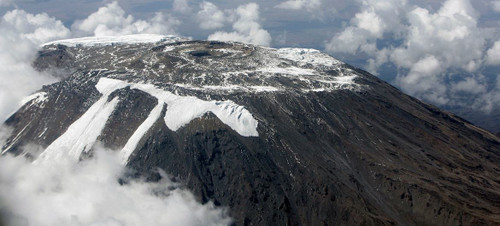 |
| Aerial view of the dwindling ice on the summit of Mount Kilimanjaro. (UN Photo) |
BMKG climate researcher Donaldi Permana warned that the El Nino has accelerated the melting process, putting Indonesia's 12,000-year-old glaciers at risk of disappearing by 2026.
Permana said that the glaciers have thinned significantly in the past few years. They have shrunk to 8 metres in 2021 from 32 metres in 2010. The total area fell to 0.23 square kilometres by 2022.
Regine Hock, a glaciologist at the University of Alaska Fairbanks, announced a study looking at the impact of four scenarios on glaciers, where global mean temperature change is 1.5ºC, 2.0ºC, 3.0ºC and 4.0ºC.
The study also showed that regions with relatively little ice, like the European Alps, the Caucasus, the Andes, or the western US, lose almost all the ice by the end of the century, almost no matter what the emission scenario is.
Under the worst-case scenario — a global temperature rise of 4ºC — giant glaciers such as those in Alaska would be more affected and 83% of glaciers would disappear by the end of the century.
